Category: Book of Mormon
-
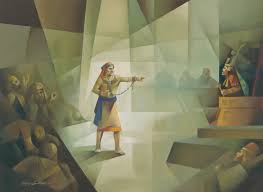
Abinidi or Limhi?
While I don’t know if Abinidi and Limhi knew of each other, I think it’s likely that they did. Abinidi is, of course, known for his parrhesia before King Noah, and Limhi is Noah’s son, who succeeded him and whose later comments indicated that he knew his father was doing evil. Today, most of the…
-

When are We “Done” with Book of Mormon Translations?
Book of Mormon in Elvish per Scripture Central In terms of translating sacred scripture, we have nothing on the Protestants. One of the go-to sources for describing and cataloging languages, the publication Ethnologue, was originally started (and is still used, I believe) as a tool to help Evangelical Christians record which languages still needed Bible…
-
Lost books, golden plates, and Mosaic authorship
Call it an archetype, call it folklore. Whatever you call it, the idea of finding something fantastical in an old book in a library, or in a book hidden away centuries ago, is one of those things that rattles around in our minds and has been rattling around our culture for centuries if not millennia:…
-
Rational belief in Book of Mormon historicity II: A historicist reading and reconstruction of 1 Nephi-Enos
Approaching the Book of Mormon as a historical text helps make sense of aspects of the book that an exclusive focus on the text as a work of fiction or on its nineteenth-century context overlooks. Several of these aspects relate to the opening books, from 1 Nephi to Enos. One aim of these books is…
-
Book Review: To Stop a Slaughter: Just War and the Book of Mormon by Morgan Deane
Among “amateur” LDS scholars (however you want to define that), Morgan Deane is, in my estimation, unfairly overlooked. While his specialty – military history – is something of a niche (though it shouldn’t be), it readily works with the Book of Mormon, especially with the accounts of wars. Part of the issue, methinks, is that…
-

All Indians Today Descend From Lehi
As the children of Lehi and Sariah intermarried with first Ishamel’s offspring and then their children intermixed with the natives of the Americas, what has been the result genetically after 2,600 years? Are the American Indians encountered by the Europeans in 1492 and beyond also descendants of Lehi and Sariah?
-
Michael Austin on the Book of Mormon
A fascinating read that was recently published is Michael Austin’s The Testimony of Two Nations. I’ve already done a review of the book, but wanted to highlight a recent interview that Michael Austin did at the Latter-day history blog From the Desk that shared some interesting insights from the book. What follows here is a…
-
Theology in Alma
Just in time for us to study Alma in “Come, Follow Me,” the Latter-day Saint history blog From the Desk published an interview with Kylie Nielson Turley about theology in Alma. Kylie Nielson Turley wrote the Maxwell Institute’s brief theological introduction to the first half of the Book of Alma and has a lot of…
-
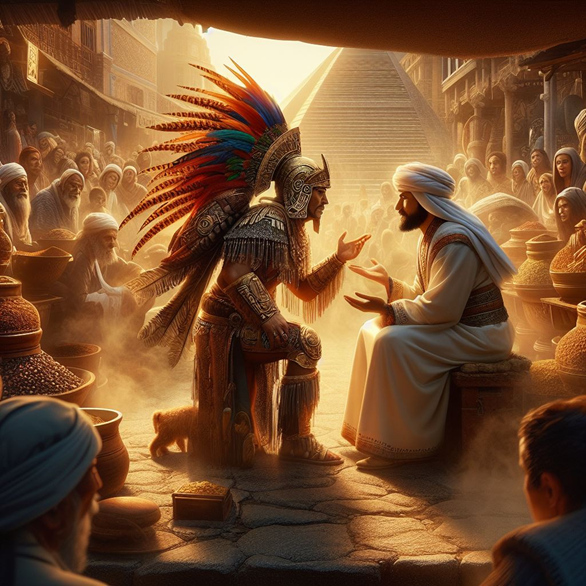
Sherem the Native American
Despite keeping the name-title of the Nephite founder in their royal name, the outsized positive influence of that prophet-king and founder of the Nephites was clearly quickly missed. “The people of Nephi, under the reign of the second king, began to grow hard in their hearts, and indulge themselves somewhat in wicked practices,” Jacob lamented…
-
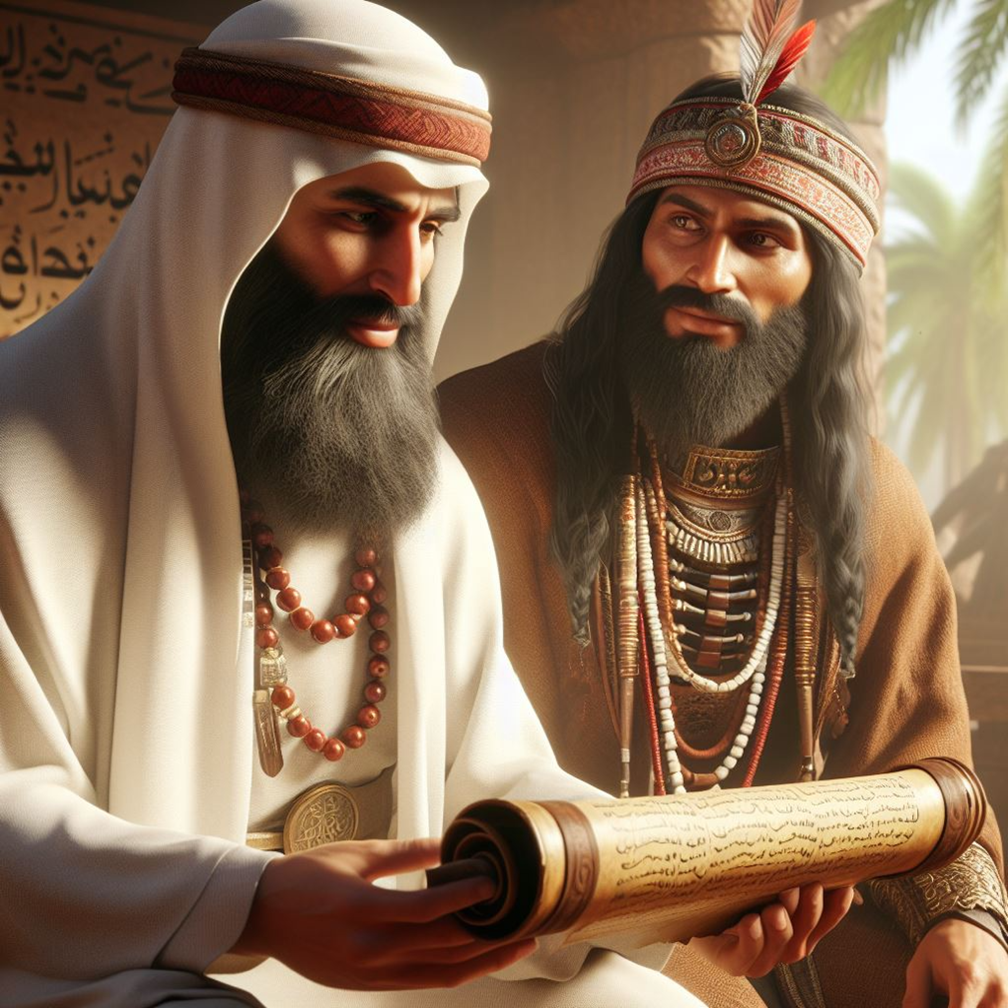
Nephite Succession Crisis
It was a coup (or divine providence) that Nephi and his brothers Jacob and Joseph were able to assert themselves as religious leaders in this new land, spiritually guiding thousands who were already in the Americas. Emerging as the political leaders of this large, mostly non-Jewish People of Nephi was trickier. Nephi’s inspired leadership, however,…
-

“All Those Who Would Go with Me”
As the Lehites increasingly mingled with the locals, there eventually arose a division, accelerated upon the death of their patriarch Lehi. Part of Lehi’s family (led by Laman) was attracted to a hunting and gathering lifestyle. Likely, this way of life was common among the Native Americans they were interacting with in the Land of…
-
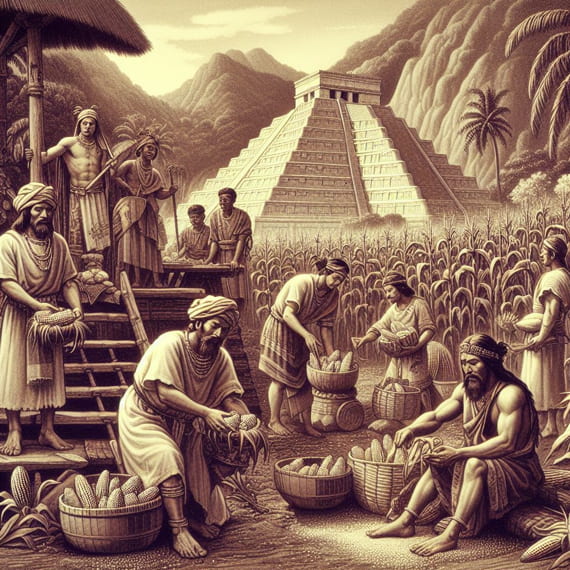
Lehi’s Thanksgiving
I envision Lehi and his family encountering some curious native villagers near their initial landing beach in the Promised Land. I can imagine that the first Native Americans to see these strangers from the Middle East sailing to their shores in a vessel larger than any canoe may have viewed them as gods. From Christopher…
-
The Tribes that Greeted the Lehites
As we read the Book of Mormon, we will better appreciate its authenticity if we see its stories in the context of the Nephites and Lamanites continuously bumping up against Native American tribes who were already in the Americas. The Promised Land was not an empty land, as many throughout Church history sometimes imagined. In…
-
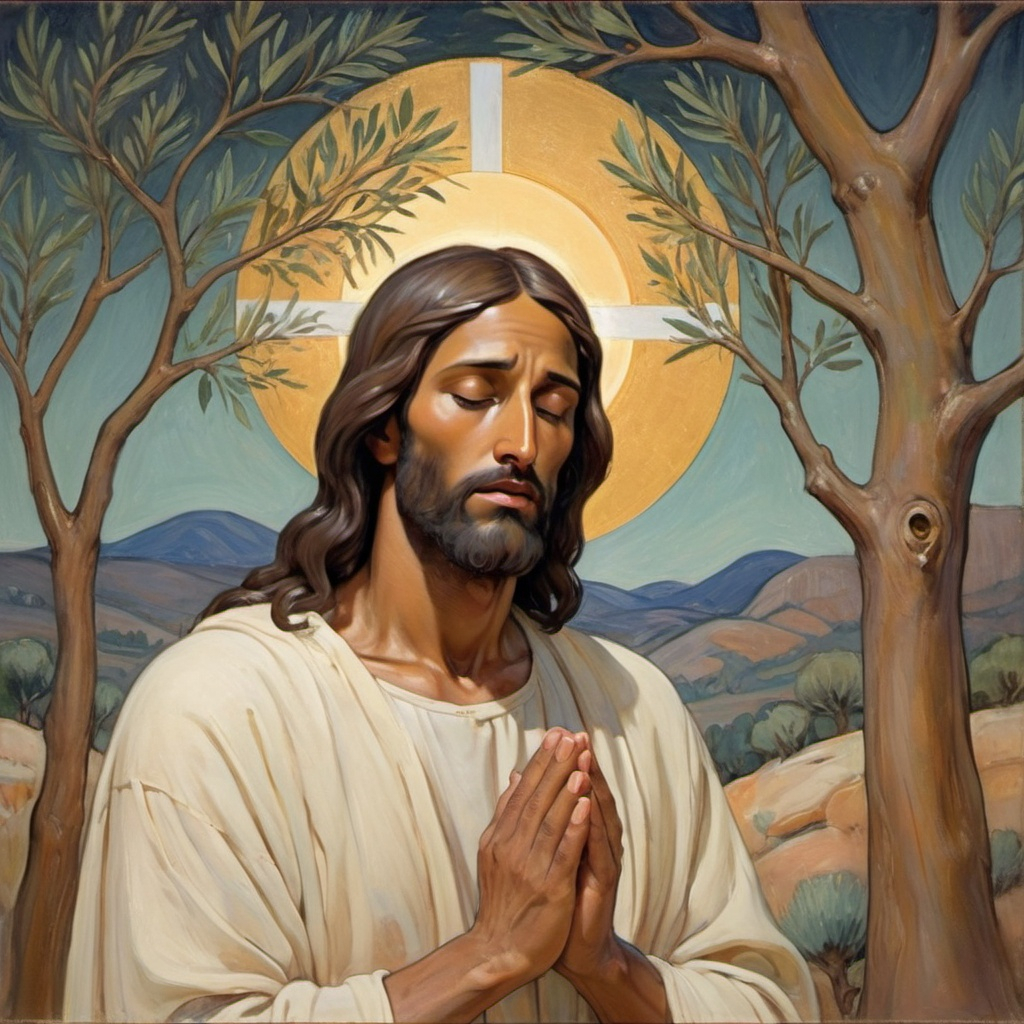
Atonement in the Book of Mormon
The Atonement of Jesus Christ is central to our faith and also central to the message of the Book of Mormon. What exactly, however, does the Book of Mormon say about the Atonement of Jesus Christ? In a recent interview at the Latter-day Saint history blog From the Desk, Nick Frederick discussed Atonement in the…
-
Missions and memory
People keep asking me for proof that the irritating tics in Mormon writing I’ve mentioned actually exist. In that respect, Taylor Kerby’s post over at BCC is useful in a couple of ways.
-
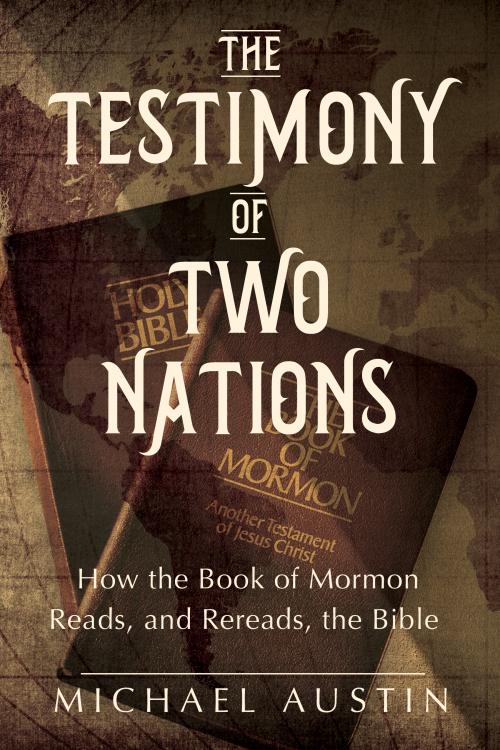
The Testimony of Two Nations: A Review
The Testimony of Two Nations: How the Book of Mormon Reads, and Rereads, the Bible by Michael Austin (University of Illinois Press, 2024) is a delightful and insightful venture into the ways in which the Book of Mormon interacts with the Bible.
-
“I Am” Statements of Jesus in the Book of Mormon
When Moses was called by YHWH, he asked the Lord, “when I come unto the children of Israel, and shall say unto them, The God of your fathers hath sent me unto you; and they shall say to me, What is his name? what shall I say unto them?” In response, YHWH said, “I Am…
-
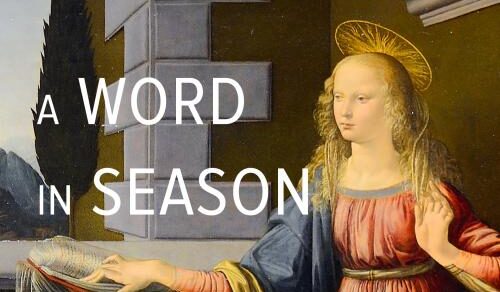
A Word in Season: Isaiah’s Reception in the Book of Mormon (A Review)
A Word in Season: Isaiah’s Reception in the Book of Mormon by Joseph M. Spencer (University of Illinois Press, 11/21/2023) is a scholarly exploration into the interplay between the biblical prophet Isaiah and the narrative fabric of the Book of Mormon
-
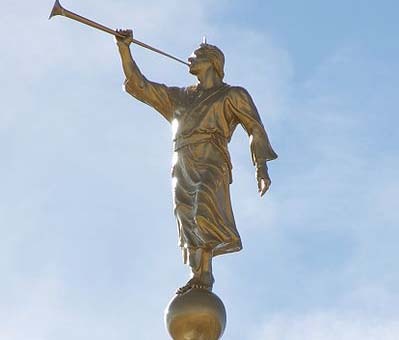
Grant Hardy on the Annotated Book of Mormon
It was a monumental effort to create this version of the Book of Mormon.
-
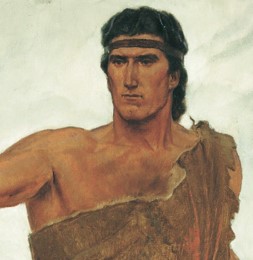
Misinterpreting “Large in Stature”
By Mike Winder When Nephi says he is “large in stature” does that mean he is merely “tall and muscular” or something else? Sometimes in the Bible stature means height, such as “a man of great stature” in 2 Samuel 21:20 speaking of the man born to the giant of Gath.
-
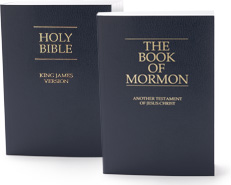
Come, Follow Me: Book of Mormon Resources
As Jonathan has been pointing out in his posts about Reading the Book of Mormon in wartime and Book of Mormon historical revisionism, we are only a few weeks out from starting the next year of the reading cycle. Come, Follow Me 2024, will focus on the Book of Mormon. We’ve had posts and discussions…
-
Book of Mormon historical revisionism
As we study the Book of Mormon next year, there will be suggestions to read between the lines, to resist the surface or official or dominant reading, to see through the authoritative narrative to the unvarnished reality behind it – like the standard works, these suggestions too come around every four years. The instinct is…
-
Reading the Book of Mormon in wartime
Next year, the focus of scripture study in Sunday School and Seminary classes will cycle again to the Book of Mormon. Compared to previous years when the Book of Mormon has been the focus, war will loom larger in the background than it has since at least the 1960s, even including the messy realities of…
-
Joseph Smith’s Gold Plates: A Review
Richard Lyman Bushman’s Joseph Smith’s Gold Plates: A Cultural History (Oxford University Press, 2023) is an important contribution to Book of Mormon studies. As a cultural history of the gold plates, the book traces the story of the plates and the translation of the Book of Mormon, reactions to the story and the development of…
-
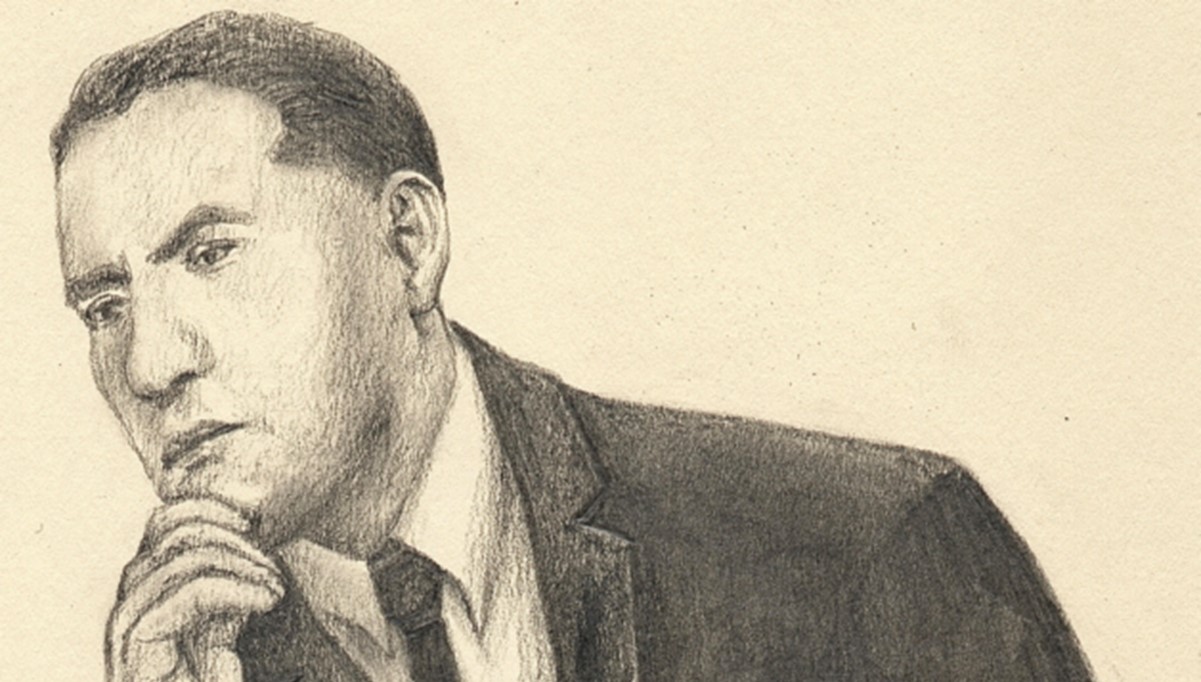
Mormonism in Mexico, Part 12: Bautista’s Lamanites
While efforts to gather converts from central Mexico failed and the mission in central Mexico closed, there would still be future successes. Among the earliest converts in the 20th century in Mexico, the Bautista family would go on to have an impact on the Church for years to come, including the development of an indigenous-affirming…
-
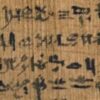
Translation theory won’t decide your polemic argument
One of the recurring irritations of reading apologetic, polemic, or scholarly work in Mormon Studies addressing Joseph Smith’s translations of ancient scripture is that the authors nearly always ignore the perspective of practicing translators and the field of translation studies, instead basing their analyses in simple notions of linguistic equivalence that may still prevail in…
-
Asking Questions About the Book of Mormon
A central question about the Book of Mormon that has been asked over and over again is whether it is an ancient document or a modern one. Despite being asked and answered by so many people, that question is still being argued and fought over and probably will be indefinitely. But what other questions are…
-
Translation or Revelation?
I posted about Book of Abraham translation a couple weeks ago as part of a co-post on an interview with Stephen O. Smoot. This time, we’re looking at a different interview with Michael Hubbard MacKay, who had a different perspective about Joseph Smith’s translation projects. The interview on Book of Mormon translation is over at the…
-
Antipus, a Forgotten Hero
This is a guest post by Brian Stubbs. The faith, feats, and divine protection of the 2,000 stripling warriors is a favorite episode for many readers of The Book of Mormon. Yet a number of less-than-obvious details may muster even more admiration. The people of Ammon were called Anti-Nephi-Lehi (Alma 23:16-17), likely meaning ‘those of…
-

Standing with Babylon
One nice thing about reading the Old Testament and the Book of Mormon together is that it lets us expand our mental geography of Zion into a full cartographic plane.
